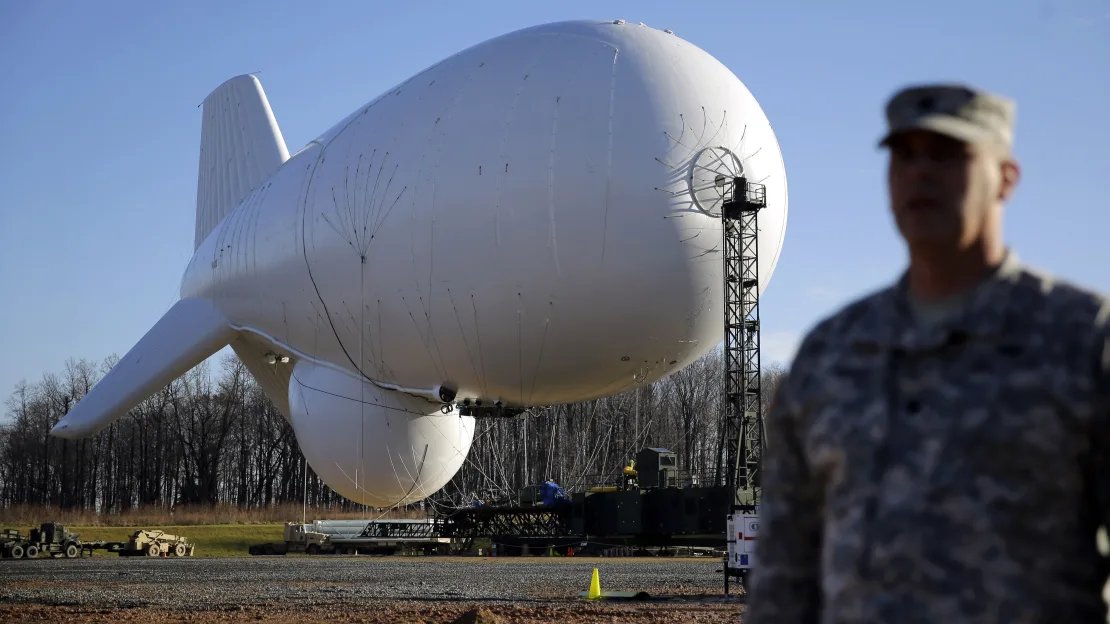Japan has recently achieved a significant milestone in the realm of defense technology. On October 17, the Japanese Maritime Self-Defense Force (JMSDF) in collaboration with the Acquisition Technology & Logistics Agency (ATLA), a division of the Japanese Ministry of Defense, successfully test-fired a medium-caliber maritime electromagnetic railgun from an offshore platform.
The First of Its Kind
ATLA made an official announcement on October 17, announcing the successful testing of the maritime electromagnetic railgun. This remarkable feat marks the first time any nation has managed to launch a railgun from an offshore platform. Typically, railguns are mounted on ships, but Japan aspires to employ this technology both on land and at sea, making this test an unprecedented advancement in the field.
Understanding the Railgun Technology
A railgun is a cutting-edge electromagnetic weapon designed to launch projectiles at incredibly high velocities, reaching speeds of approximately Mach 7, which is seven times the speed of sound. This technology is capable of targeting various objects, including ships, missiles, and aircraft. The primary goal of Japan’s railgun program is to integrate this technology with long-range missiles, augmenting its capacity to intercept aerial targets effectively.
Countering Aerial Threats
The utilization of railguns offers a promising solution for countering a range of aerial threats at sea. This includes the interception of incoming hypersonic cruise missiles and potentially even hypersonic ballistic missiles, given the remarkable speed at which projectiles can be fired from railguns. As Japan faces evolving security challenges in the region, the incorporation of railguns into its defense strategy signifies a significant step forward in safeguarding its national interests.
A Journey of Innovation
The development of maritime electromagnetic railguns in Japan has been a journey marked by continuous innovation and improvement. It began modestly with the initiation of a smaller 16mm railgun project by the agency’s Ground Systems Research Centre (GSRC) in 1990. Over the years, this concept evolved significantly. In 2016, ATLA embarked on a mission to create a prototype with anti-air and anti-missile capabilities. This undertaking reflects Japan’s determination to remain at the forefront of defense technology, adapting to emerging threats and challenges.
Impressive Power and Speed
According to a previous report published in Shephard Media, the ATLA railgun utilizes five megajoules (MJ), or five million joules (J), of charge energy. It can fire bullets at a speed of around 2,230m/s (Mach 6.5). ATLA envisions equipping it with 20 MJ of charge energy, further enhancing its capabilities. This significant energy and velocity make it a formidable weapon.
A Shift from Aegis Ashore
Japan had previously planned to add the Aegis Ashore land-based system to its missile defense arsenal, which includes Aegis destroyers and the Patriot Advanced Capability-3 (PAC-3) ground-based system. However, the Japanese government abandoned this plan in 2020. The current idea aims to add railgun interceptors to the existing missile defense system.
Versatile Interceptors
Interceptors fired by railguns can vary in speed. Operators can change the rate at which an interceptor moves by manipulating the amount of electrical power used. These choices would be based on how quickly incoming missiles approach. Railguns are also somewhat stealthy due to the small size of their “bullets,” adding another layer of unpredictability to Japan’s missile defense strategy.
Anticipated Deployment
The system is expected to be ready for use in the second half of the 2020s. This next-generation railgun system is expected to give Japan multiple intercept capabilities in addition to long-range missiles, significantly strengthening its defensive capabilities. This achievement underscores Japan’s commitment to enhancing its defense capabilities in response to growing regional security threats.




 Right-Wing Leader José Antonio Kast Beco...
Right-Wing Leader José Antonio Kast Beco...
 Three MoUs Signed as PM Modi Visits Addi...
Three MoUs Signed as PM Modi Visits Addi...
 Italy Becomes First Country to Get UNESC...
Italy Becomes First Country to Get UNESC...







